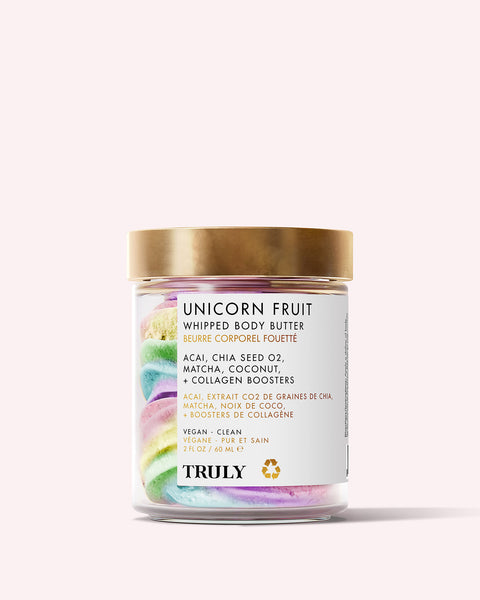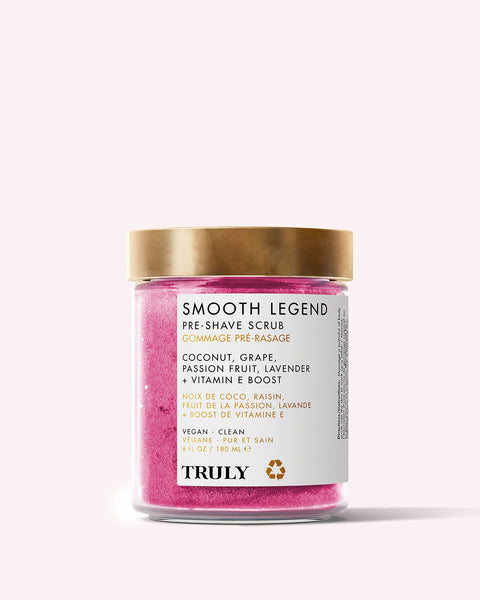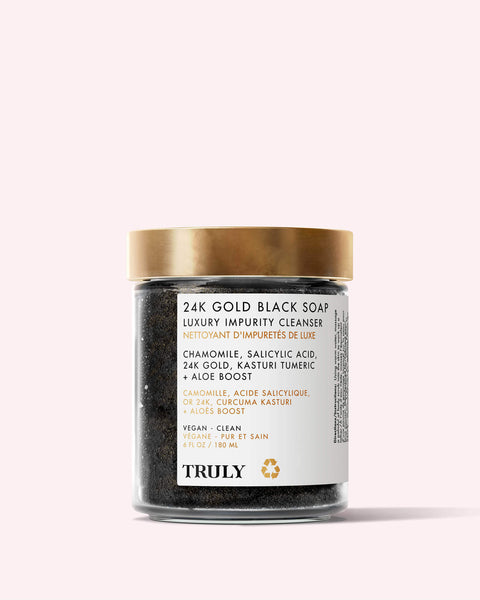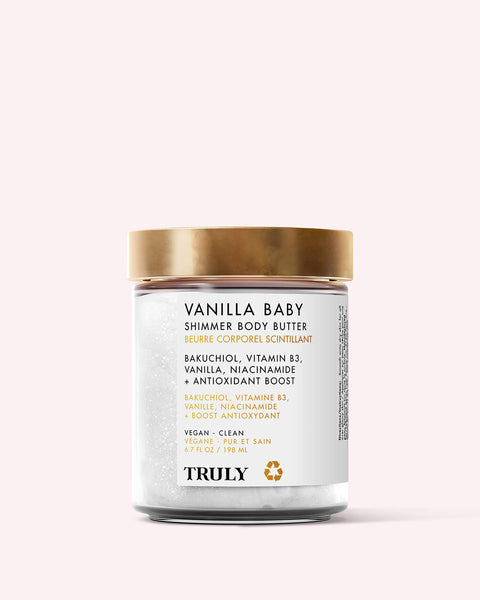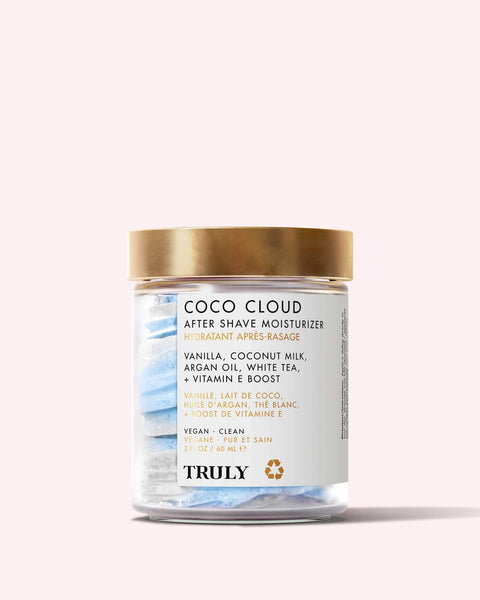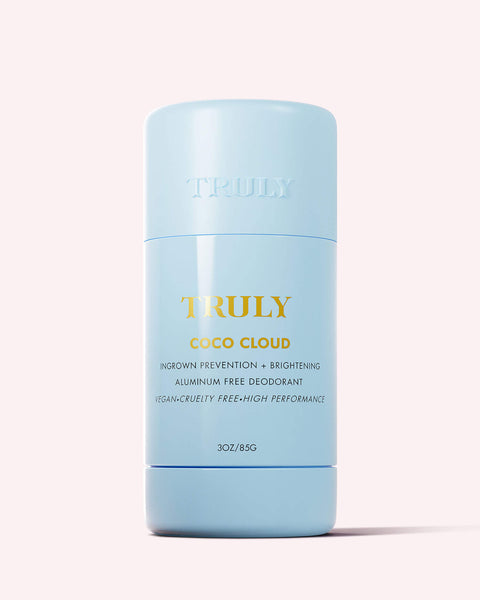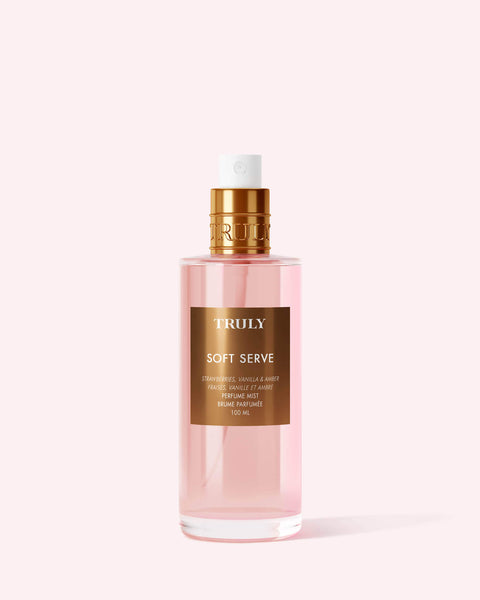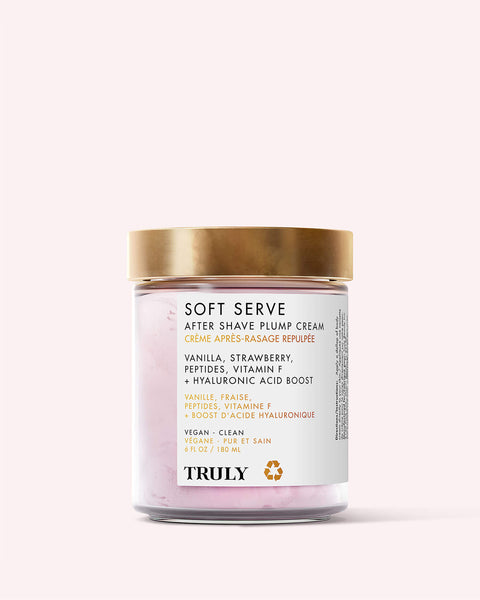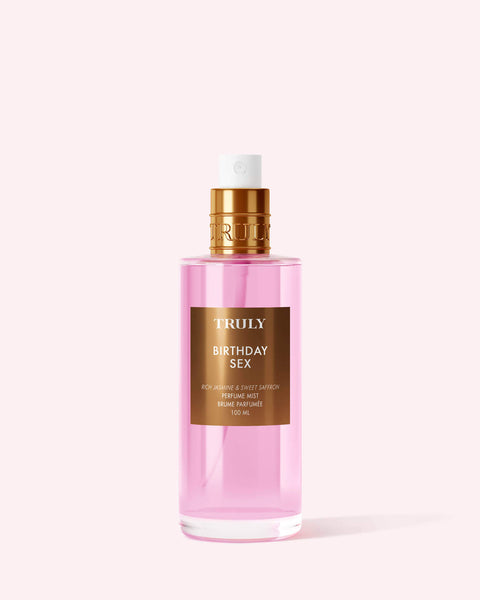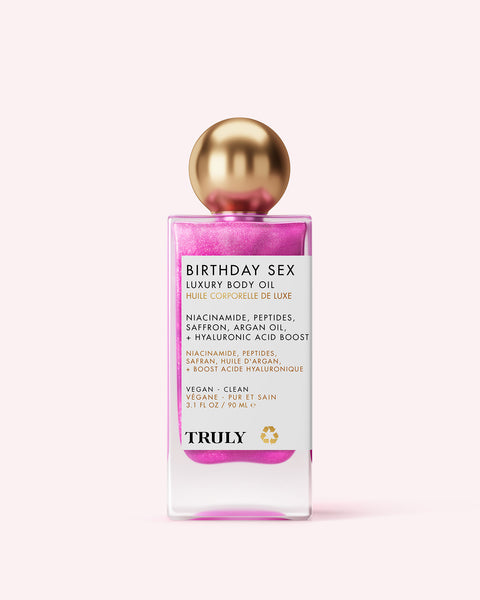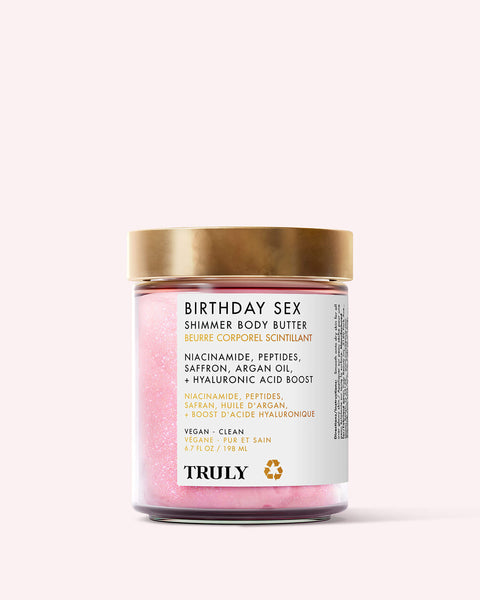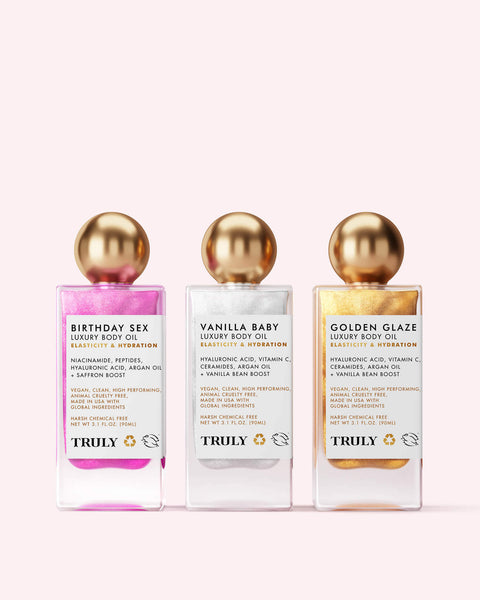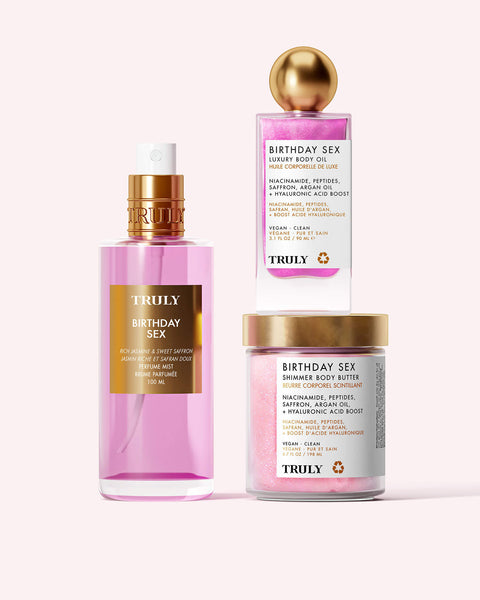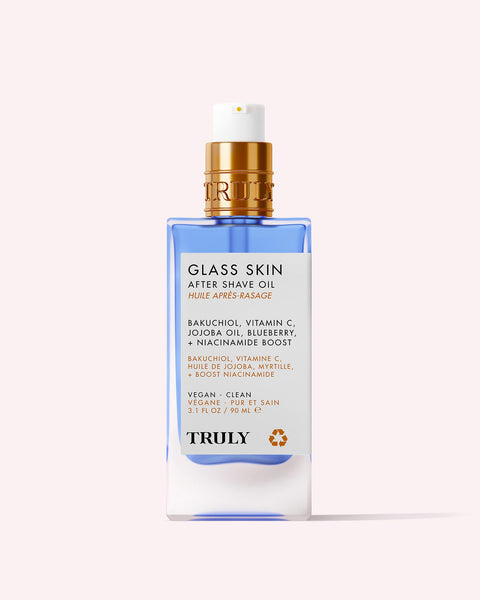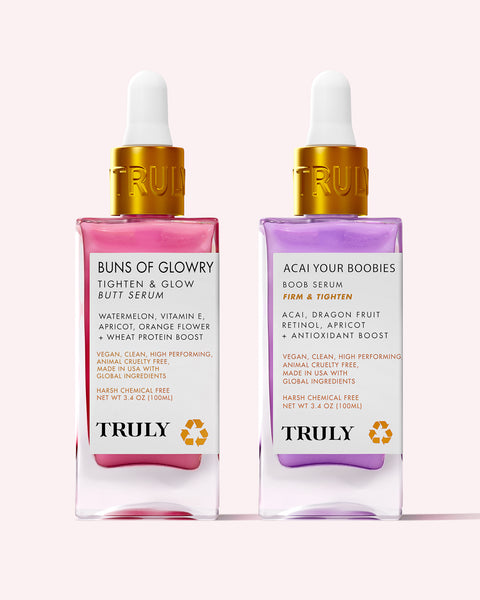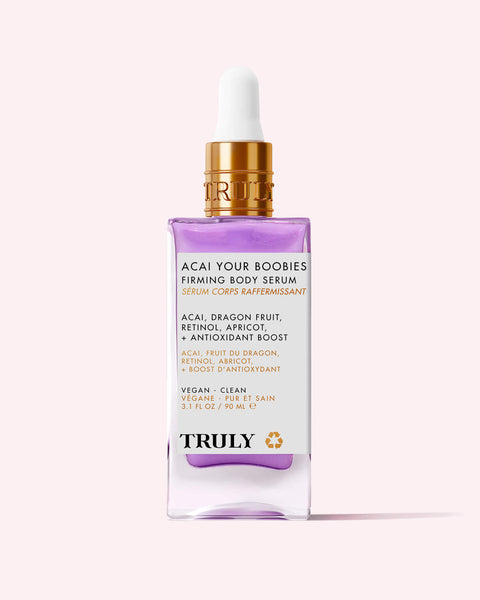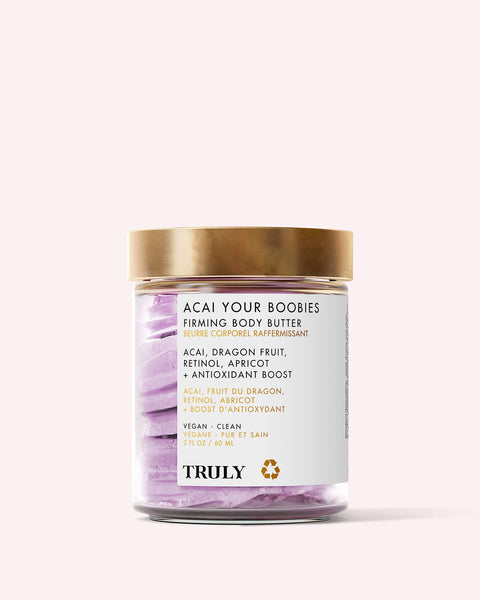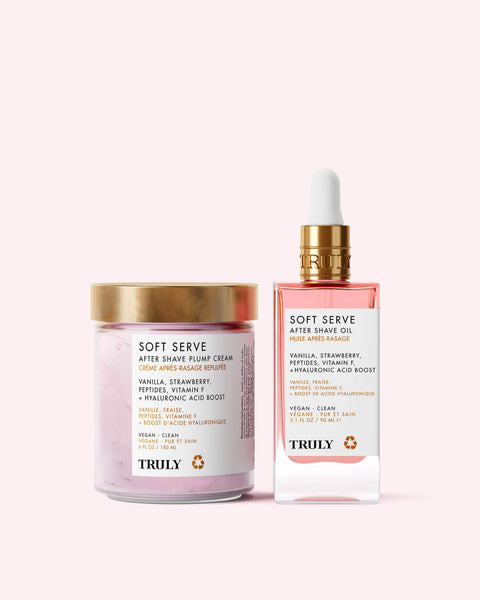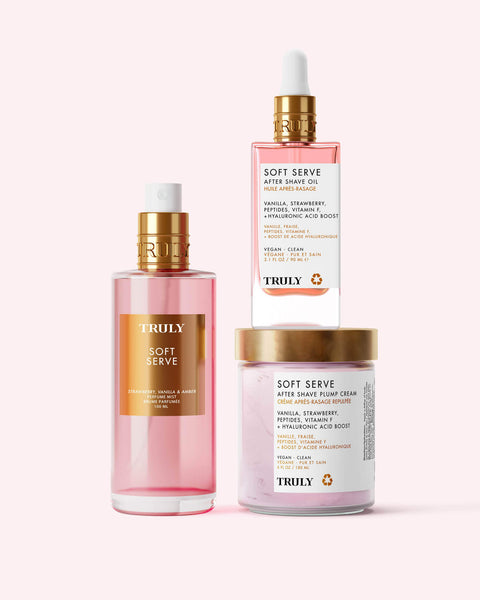How to Prevent Winter Skin Rashes in Cold Weather
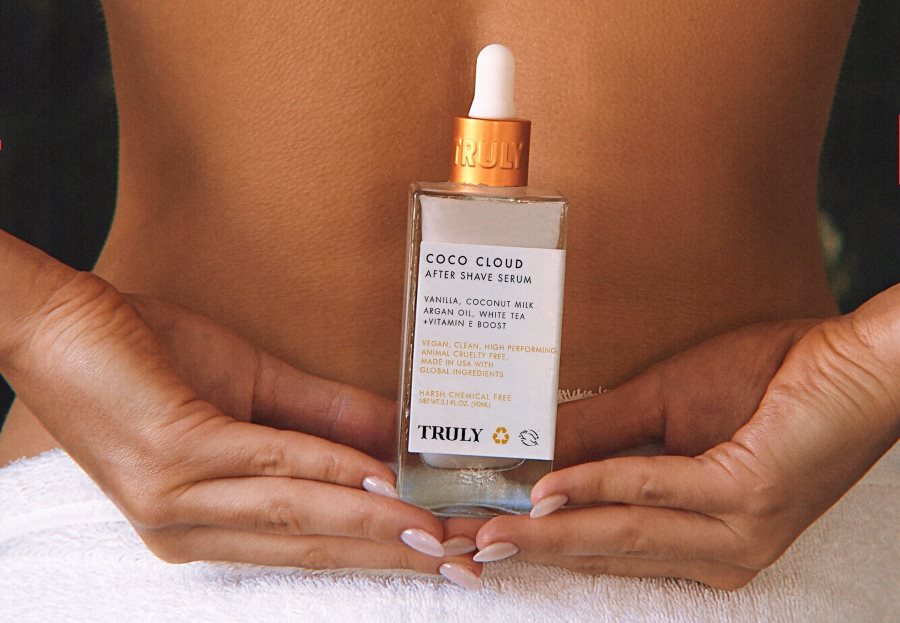
Wondering how to treat winter rash this chilly season? Like your fuzzy blankets and cozy knits, we’ve got you covered this winter.
As temperatures drop, the cold dry air saps moisture from your skin, causing dryness, flaking, and even winter rashes. Here’s how to deal with winter skin rash and the best skincare products for getting your smooth, dewy glow back.
What Does a Winter Rash Look Like?
Cold weather and skin rash are extremely common. Symptoms of winter rash include redness, dryness, itching, flaking, bumps, and blisters. A winter rash on skin is most likely to develop on your hands, arms, and legs.
Anyone can get a winter rash, especially if you’re spending more time outdoors. However, those with skin conditions like eczema, rosacea, and psoriasis are more prone to dry, itchy skin and rashes in the winter.
How to Get Rid of Winter Rash
Now that you’ve identified what a winter rash looks like, let’s show you how to treat it. Follow these tips and you’ll say bye-bye to rashes and dry skin flareups in a flash.
1. Body Polish
Use a body polish to gently exfoliate and hydrate your skin. Apply it to wet skin in the shower or bath, and work it into a luxurious, buttery lather. This step delicately buffs away flaky patches and locks in moisture, leaving your skin smooth and soft.
A body polish is a super gentle, delicate and hydrating exfoliator. Unlike harsh scrubs, it softly buffs away dead skin cells without causing skin irritation, making it perfect for sensitive skin or rash-prone areas.
Truly’s Unicorn Fruit Whipped Body Polish exfoliates, hydrates, and smooths all at once with a nourishing blend of organic cocoa butter, soothing rose, and plumping vegan collagen.
2. Soothing Serum
Keep your skin soft and silky through the winter months with a soothing, moisture-loaded serum like Truly’s Coco Cloud Serum. Enriched with coconut milk, argan oil, and vitamin E, this lightweight formula melts into skin to rapidly relieve dry, irritated skin.
While it’s an after shave product, you can use it every day to soothe winter rashes. It’ll help get you through the cold temperatures and low humidity. Your skin will feel instantly soothed from the very first use. Plus, it doesn’t leave you feeling greasy thanks to its featherweight formula.
3. Body Lotion
After soothing your winter rash with serum, next up is moisturizer or body lotion. The best way to treat winter skin rashes is with layers of hydration that combine emollients, humectants, and occlusives which work together to attract moisture and seal it in the skin.
For an instant boost of hydration, try Truly’s Glazed Donut Glow Cream. It’s loaded with hyaluronic acid, niacinamide, coconut oil, and shea butter for an immediate luminous glow from head to toe.
4. Body Butter
To support healthy skin barrier function and combat winter rashes, complete your skincare routine with a body butter. Body butter is a richer, more hydrating version of your regular moisturizer with a luxe fluffy texture you’ll love.
For dewy hydration, try Truly’s Unicorn Fruit Body Butter. This cotton candy-scented swirl of acai, vegan collagen, matcha and shea butter works to deeply hydrate and soothe skin all over. It’s a daily essential for protecting your skin from the dry, cold air.
How to Prevent Winter Skin Rash

Now you know the best treatment options for winter skin rash. Here’s how to prevent winter rashes.
Switch Steamy Showers for Cool Ones
Hot showers feel great in the winter months, but they strip your skin of natural oils. As a result, skin feels even drier. Instead of using hot water for showering and bathing, stick to lukewarm water that won’t dry out and irritate your skin.
Wear Sunscreen
Believe it or not, winter sunburn is a thing. According to dermatologists, you’re more prone to UV damage during the harsh winter which can lead to rashes. To prevent winter rashes, premature signs of aging, and even skin cancer, always wear SPF every day. It’s the best way to protect your skin.
Create a Barrier With a Rich Moisturizer
To prevent winter skin rashes in cold weather, you need to create a barrier against harsh winter conditions. A nourishing daily moisturizer can do this. Choose a body cream or butter with ingredients like hyaluronic acid, shea butter, cocoa butter, vitamin E, and coconut oil.
In addition to smoothing rough, itchy skin, it also keeps your skin protected from further dryness and rashes. For best results, apply daily after showering.
Stick to a Gentle, Fragrance-Free Soap
Harsh soaps and cleansers strip the skin of natural oils, leaving skin feeling parched. Switch to products that are fragrance-free and contain hydrating ingredients like coconut oil, vitamin E, and shea butter.
Run a Humidifier
Winter air is notoriously dry, which can wreak havoc on your skin. Using a humidifier in your home helps to maintain optimal moisture levels, preventing your skin from becoming dry and irritated. Place one in your bedroom or living space to counteract the effects of indoor heating and reduce the likelihood of winter skin rashes.
Protect With Petroleum Jelly
When it comes to protecting your skin from winter rashes, petroleum jelly is a game-changer. This affordable and effective occlusive creates a strong barrier on the skin, locking in moisture and shielding it from harsh environmental conditions. Apply it to areas prone to dryness, like elbows, knees, and hands, to prevent rashes and irritation.
Try Ointments or Hydrocortisone for Flare-Ups
For severe dryness or persistent winter rashes on skin, dermatology experts often recommend using ointments or creams containing hydrocortisone to calm inflammation and sensitivities. These treatments can be especially helpful for conditions like atopic dermatitis, hives, or cold urticaria. Over-the-counter ointments can soothe irritated skin, while prescription options may be necessary for more severe cases.
Make Simple Lifestyle Changes
Preventing winter skin rashes can be as easy as adjusting your daily habits. Stay hydrated to keep your skin naturally moisturized, wear breathable fabrics to avoid irritation, and minimize exposure to allergens that can trigger sensitivities.
Switching to hypoallergenic detergents and avoiding products with dyes can also help reduce the risk of rashes caused by harsh chemicals. These small changes can go a long way in supporting your skin’s health during the colder months.
@trulybeauty #asmr #asmrsounds #shaveroutine #shaving #pricklylegs #smoothskin ♬ original sound - Truly Beauty
Best Routines for Winter Rash on Skin
Is your skin craving a moisture boost? Try one one of these routines for relieving rashes on skin in winter.
FAQ: Winter Skin Rashes
What Causes Winter Rashes on the Skin?
Winter rashes are often caused by dry, cold air that strips your skin of its natural moisture. Indoor heating, low humidity, and exposure to irritants like detergents and dyes can worsen the condition. People with sensitive skin or conditions like atopic dermatitis are more prone to developing winter rashes.
What are the Best Home Remedies for Winter Rashes?
Home remedies like applying coconut oil or aloe vera gel can soothe irritated skin and reduce redness. Taking lukewarm baths with oatmeal or baking soda can also calm inflammation and hydrate your skin. Additionally, using a humidifier can help prevent skin from drying out.
Can Antihistamines Help with Winter Skin Rashes?
Yes, antihistamines can help relieve the itching and inflammation associated with winter skin rashes, especially if they are caused by an allergic reaction. However, it’s important to consult with a healthcare provider before using them, as they may not be suitable for everyone or every type of rash.
When Should I See a Dermatologist for a Winter Rash?
You should see a dermatologist if your rash doesn’t improve with home remedies, spreads quickly, or is accompanied by symptoms like severe itching, pain, or swelling. These could indicate an allergic reaction, atopic dermatitis, or another underlying condition requiring professional care.
Winter rashes can be frustrating but with the right treatments and lifestyle changes mentioned above, you can definitely see the back of winter skin rashes this season.





